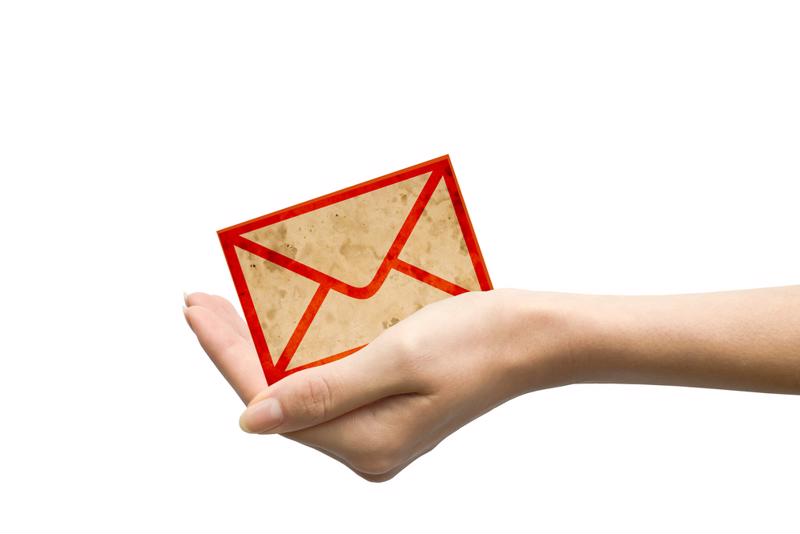When you're sending out an email to your constituents, the idea is that they'll actually see it and open it. But the viewing part can be an assumption. There is a distinct possibility that your messages won't land in the inbox, but the spam folder. In some cases, they may even be blocked. As a nonprofit organization, your online presence and reputation depends on making sure your email gets to people consistently and effectively. As a result, you have to develop a strong strategy for ensuring overall deliverability on any message, whether it's a call to action or just a general newsletter. Here are a few ways of doing this, some of which can be easily managed with nonprofit CRM software.
 High email deliverability ensures people get the message.
High email deliverability ensures people get the message.
1) Check and verify the supporter list
One thing that gets the attention of spam blacklists more than anything is sending emails to bogus addresses, or to people who did not actually sign up for your emails, according to consulting firm Econsultancy. With dead or inactive addresses come complaints, which lead to email providers sending messages to the junk folder automatically. You should constantly check your lists and verify information as much as possible. Clean contact data will improve the chances of your message being seen in the inbox of your constituents.
2) Make sure the email provider is sound
You obviously don't want to send out mass email messages through a provider such as Gmail or Hotmail. However, you also want to make sure that the email provider you're using is more than just a third-party that links to your site. Your email server should be authenticated with several measures designed to show that you're legitimate. Ask your email provider if you can send messages from a dedicated IP, receive "A" and "MX" records for tracking purposes and use a physical address for the main email client on a subdomain.
3) Avoid spammy content
We know you're enthusiastic about your mission and want to show it to your supporters. At the same time, there are certain ways of delivering your content that will raise red flags for other email providers. When you create messages, you should avoid certain practices that will impact your chances of delivery. For example, your subject lines should avoid using the word "free," even if you have something to offer for your next pledge drive. In your message, there's no need to put anything in ALL CAPS, even if you're trying to shout through the text.
4) Take complaints seriously
Both people and their email service providers hate spam. They build blacklists and blocking systems for that purpose. If you send people messages that they feel are dubious or suspicious, you want to ensure them that it's not the case, or that you'll fix the problem, as marketing firm Marketo recommends. At the most basic level, set up an abuse email address such as abuse@yournonprofit.org where people and service providers can send their complaints. Once that's done, check on the address regularly. You may get an email from a major ESP, ISP or various asking about your messages, which you should address as quickly as possible.